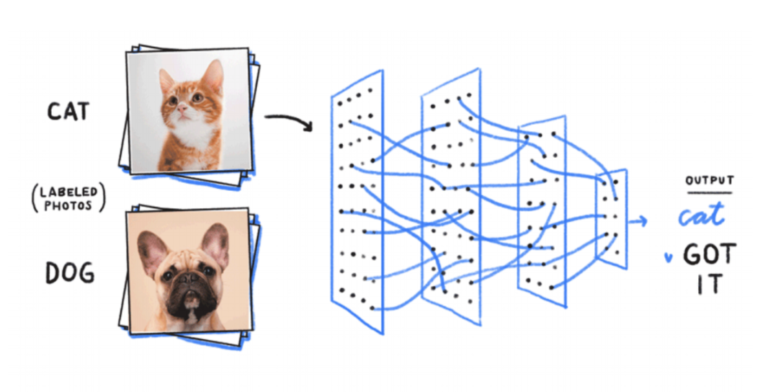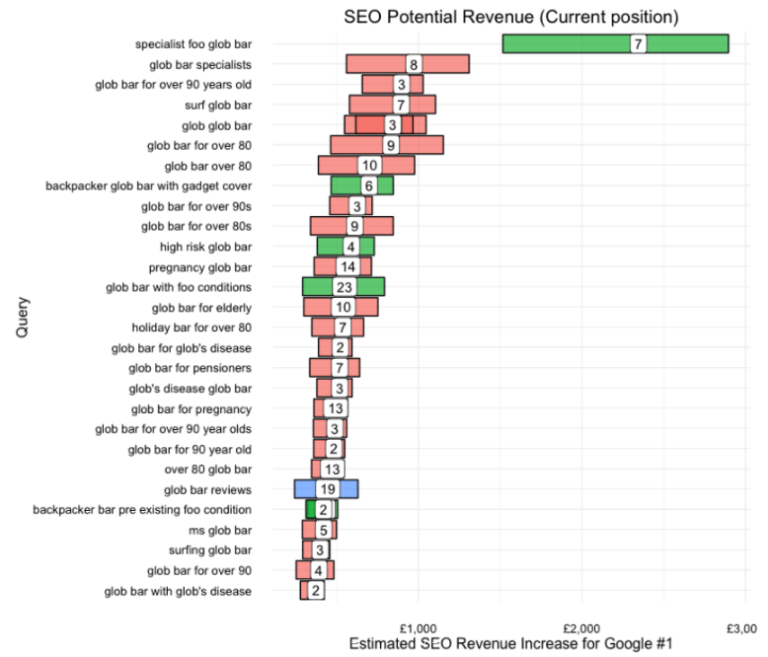Data science comes closer to SEO every day.
Data science, and more exactly artificial intelligence, isn’t new, but it has become trendy in our industry over the past few years.
In this article, I will briefly introduce the main concepts of data science through machine learning and also answer the following questions:
- When can data science be used in SEO?
- Is data science just a buzzword in the industry?
- How and why should it be used?
A Brief Introduction to Data Science
Data science crosses paths with both big data and artificial intelligence when it comes to analyzing and processing data known as datasets.
Google Trends does a pretty good job of illustrating that data science, as a subject of intent, has been increasing over the years since 2004.
The user intent for “machine learning” has been increasing as well, and is one of the most popular search queries.
This is also one of the two ways for operating artificial intelligence and what this article will focus on.
What Is the Concrete Relationship Between Artificial Intelligence & Google?
Back in 2011, Google created Google Brain, a team dedicated to artificial intelligence.
The main objective of Google Brain is to transform Google’s products from the inside and to use artificial intelligence to make them “faster, smarter and more useful.”
We easily understand that the search engine is their most powerful tool and considering its market share (95% of users use Google as their main search engine), it comes as no surprise that artificial intelligence is being used to improve the quality of the search engine.
What Is Machine Learning?
Machine learning is one of the two types of learning that powers artificial intelligence.
Machine learning tends to solve a problem through a frame of reference and the output is checked by a human being, as it always comes with a certain percentage of error.
Google explains machine learning as follows:
“A program or system that builds (trains) a predictive model from input data. The system uses the learned model to make useful predictions from new (never-before-seen) data drawn from the same distribution as the one used to train the model. Machine learning also refers to the field of study concerned with these programs or systems.”
More simply, machine learning algorithms receive training data.
In the example below, this training data is photos of cats and dogs.
Then, the algorithm trains itself in order to understand and identify the different patterns.
The more the algorithm is trained, the better the accuracy of the results will be.
Then, if you ask the model to classify a new picture, you will obtain the proper answer.
Google Images is certainly the best example to reproduce this explanation.

What Is the Concrete Relationship Between Artificial Intelligence & SEO?
Back in 2015 – and to limit this discussion to the main algorithms – RankBrain was rolled out in order to improve the quality of the search results.
As about 15% of queries have never been searched for before, the aim was to automatically understand best the query in order to produce relevant results.
RankBrain was developed by Google Brain.
Then, in 2019, BERT was introduced to better understand search queries.
As SEO professionals, it is important to note that we can not optimize a website for either RankBrain or BERT as they are designed to better understand and answer search queries.
To resume, these algorithms are involved in processes that don’t affect how websites are evaluated or matched to queries. There is no way of optimizing for them.
Still, as Google uses machine learning, it is important to know more about this field and also to be able to use it: it can help run your daily SEO operations.
Semantic optimization.
How to rank 70% of your pages higher in 5 weeks. Trusted by over 30,000 webmasters, business owners, and SEO specialists.
What Is the Value of Machine Learning to SEO?
The following can be seen as valuable areas for applying machine learning to SEO according to my experience:
- Prediction.
- Generation.
- Automation.
The above can help to save time on your daily operations and also convince the decision-makers in your organization.
From there, the rest of the article may convince you (as I am convinced) or leave you doubtful.
Either way, the following parts will certainly interest you.
Prediction
Prediction algorithms can be helpful to prioritize your roadmap by highlighting keywords.

The above is available thanks to an open-source code written by Mark Edmonson.
The idea is to make the following assumption: if I were ranking first for these keywords, what would be my revenue?
It then gives you your current position and the potential revenue you could get by taking into account an error margin.
It can help convince your higher-ups to focus on some specific keywords but also can appeal to your client (if you’re working as a consultant or in an agency).
Generation
Writing content is certainly one of the most time-consuming tasks in SEO.
Either you write the content yourself or you need, at a minimum, to write a brief.
In both cases, it is sometimes hard to find the inspiration to work efficiently.
This is why the automatic generation of content is valuable.
As I already said, machine learning comes with an error margin.
That is why this kind of content automation needs to be seen as producing an initial editorial framework.
I’ve shared some sample source code available here.
Also, getting a first automated draft of editorial content can help you semi-automate your internal linking by allowing you to highlight, manually, your top and secondary anchor tags.
Automation
Automation is helpful to label images and eventually video by using an object detection algorithm as seen on TensorFlow.
This algorithm can help label images, so it can optimize alt attributes pretty easily.
Also, the automation process can be used for A/B testing as it is pretty simple to make some basic changes on a page.
To date, the most common use in SEO for A/B testing is to use data from Google Ads, such as CTR and conversions, to better understand the content (title and description of the ads) that performs the best and which can then be applied to SEO.
In this case, the idea would be to automate A/B testing thanks to the content generation and update it based on the expected performance.


